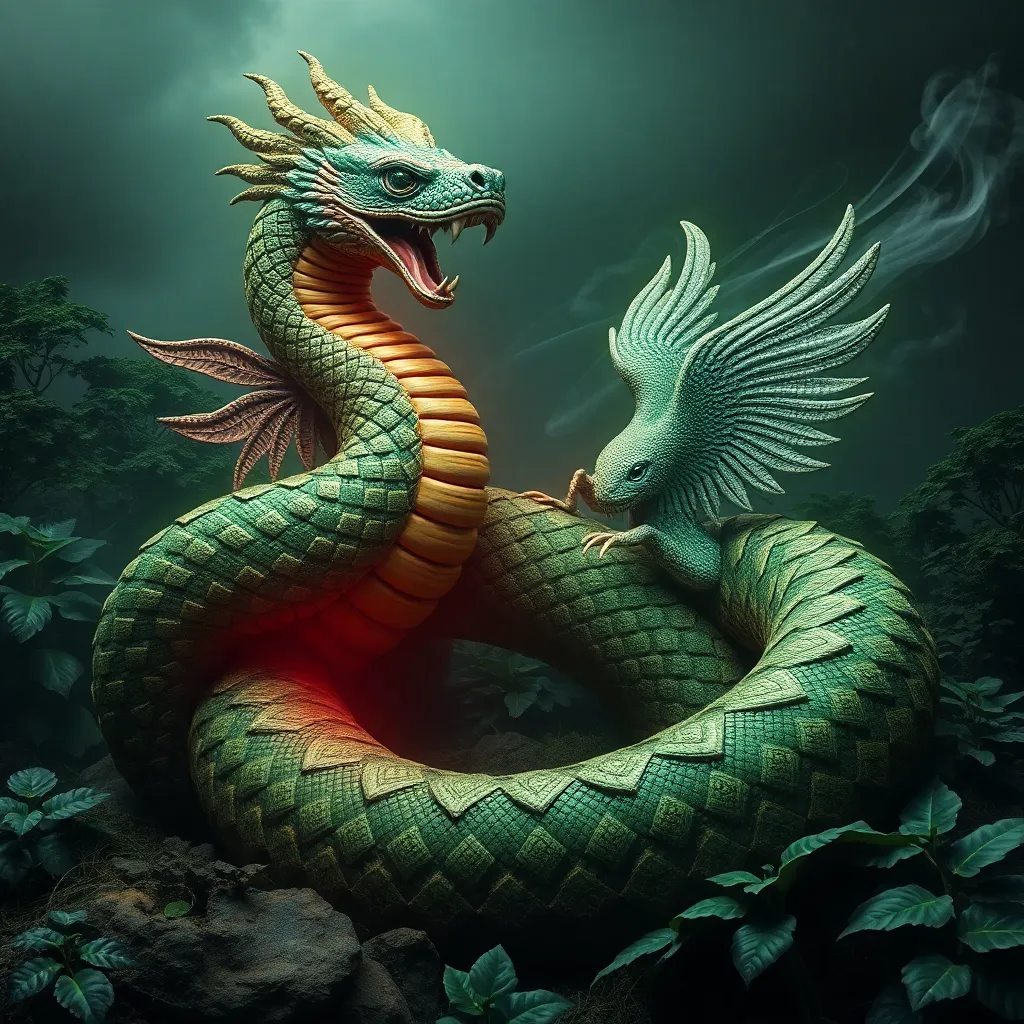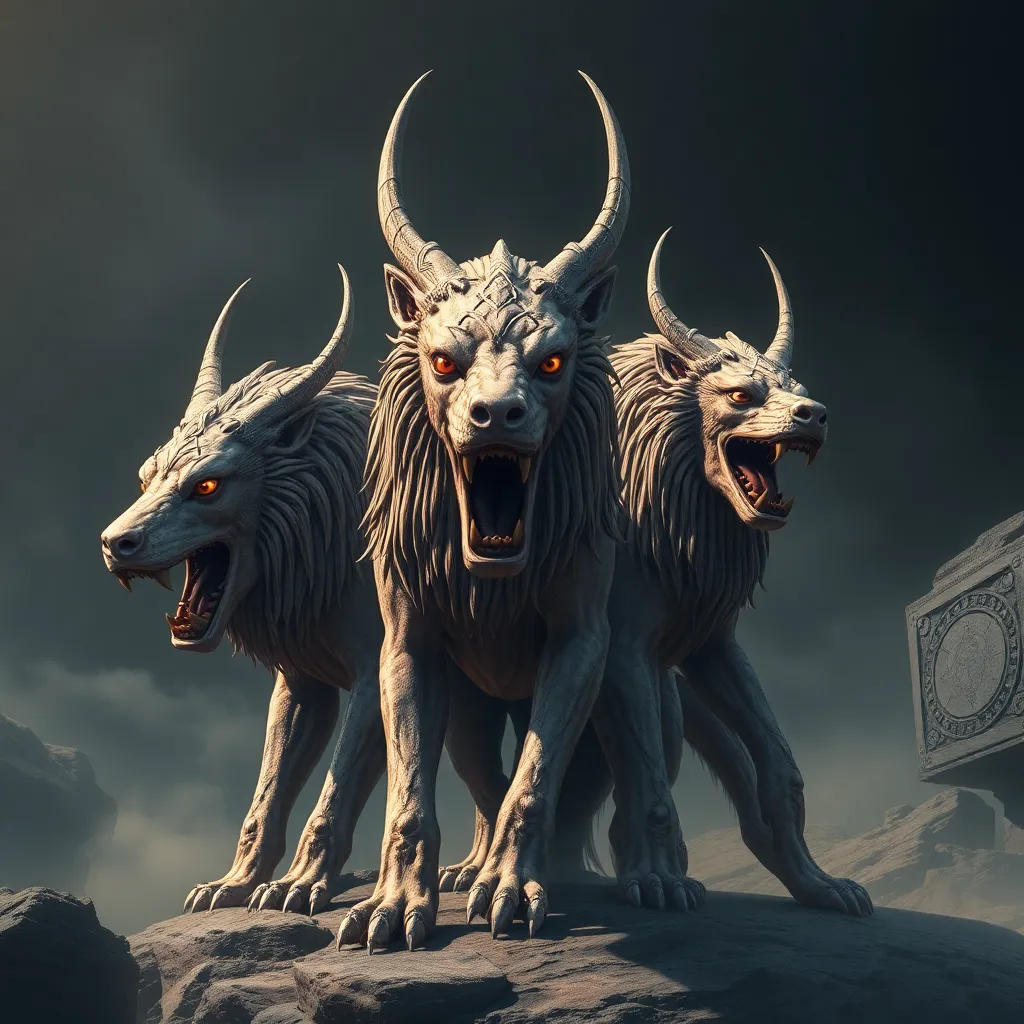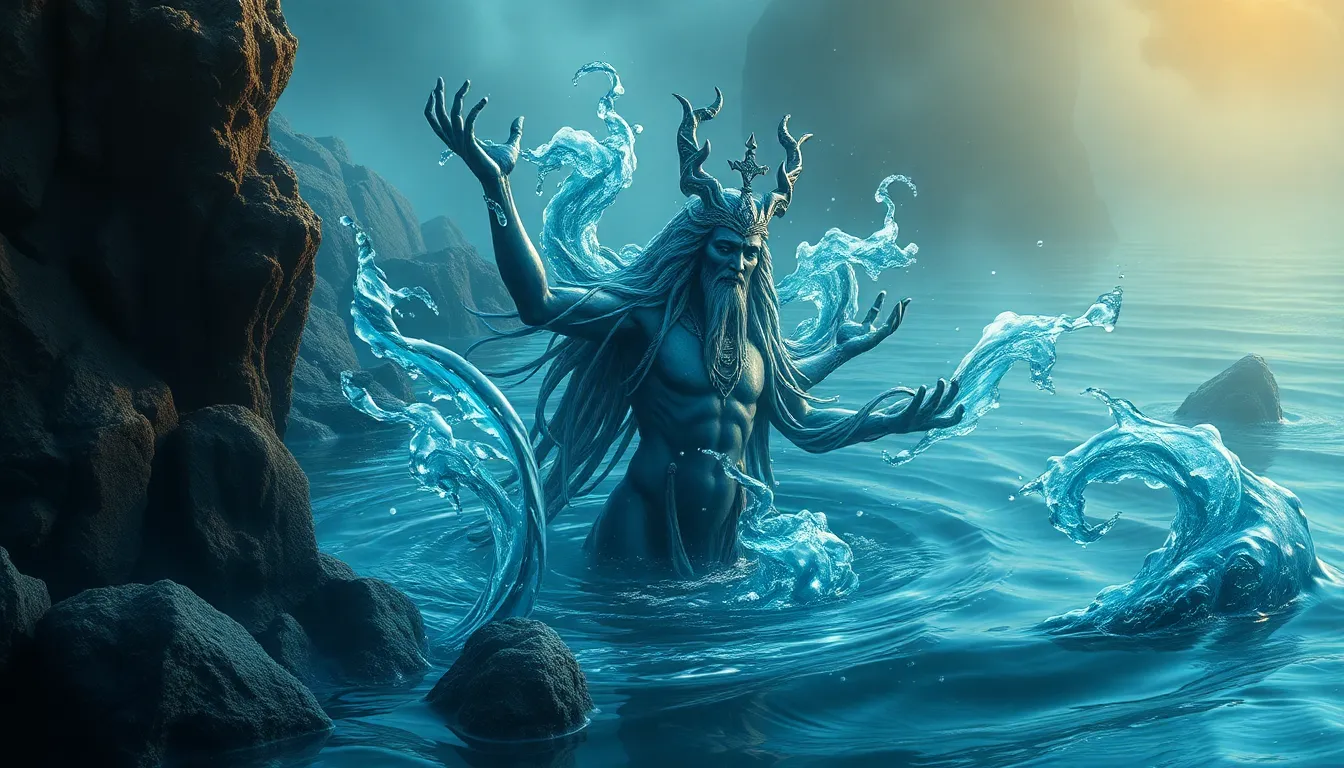The Serpent and the Goddess: Exploring the Symbiotic Relationship of Cipactli and Coatlicue
I. Introduction
In the rich tapestry of Aztec mythology, the figures of Cipactli and Coatlicue stand out as powerful symbols of creation and destruction. Cipactli, often depicted as a monstrous earth being, embodies chaos and the primordial forces that shape the world. In contrast, Coatlicue, the goddess of life and death, represents the duality of existence, nurturing life while also being associated with death. Their interwoven narratives highlight the importance of their symbiotic relationship within Mesoamerican cosmology, illustrating the balance of opposing forces that govern the universe.
II. The Mythological Background
A. Origins of Cipactli – the earth monster
Cipactli, known as the earth monster, is described in various texts as a creature that embodies the wild, chaotic nature of the earth itself. According to the creation myths, Cipactli was formed from the primordial waters and served as a canvas upon which the gods would create the world. This monstrous being was both feared and revered, representing the untamed aspects of nature.
B. Coatlicue – the goddess of life and death
Coatlicue, often depicted with a skirt of snakes and a necklace of human hearts, embodies the intricate relationship between life and death. She is the mother of many gods, including Huitzilopochtli, and plays a central role in the creation and sustenance of life. Her nature reflects the cycles of the earth, where death is a precursor to new life, making her a figure of immense power and significance.
C. The significance of their roles in creation myths
The creation myths of Mesoamerica often feature Cipactli and Coatlicue as central figures, showcasing their roles in the formation of the cosmos. Cipactli’s chaos provided the raw material for creation, while Coatlicue’s nurturing essence facilitated life’s growth. Together, they exemplify the duality of existence, where creation and destruction are two sides of the same coin.
III. Symbolism of Cipactli
A. Representation of chaos and the primordial state
Cipactli symbolizes chaos and the raw energy of the universe. As a primordial entity, it represents the state of existence before order was imposed by the gods. This chaos is not merely destructive; it is also fertile ground for new beginnings.
B. Connection to earth, fertility, and regeneration
Despite its fearsome nature, Cipactli is intrinsically linked to the earth’s fertility and regenerative abilities. The earth monster’s demise often leads to the creation of life, illustrating the cyclical nature of existence. Its flesh nourishes the earth, allowing plants and animals to thrive.
C. Cipactli as a metaphor for transformation and continuity
As a metaphor for transformation, Cipactli embodies the idea that chaos is necessary for renewal. The constant cycle of death and rebirth in nature echoes Cipactli’s essence, serving as a reminder of the continuity inherent in life’s processes.
IV. The Role of Coatlicue
A. Goddess of motherhood and the cycle of life
Coatlicue is revered as the goddess of motherhood, embodying the nurturing aspects of life. She represents the earth’s capacity to sustain and nurture life, making her a central figure in agricultural cycles and fertility rituals.
B. Her duality as both creator and destroyer
The duality of Coatlicue is essential to her identity. While she creates life, she is also associated with death and the underworld. This balance of creation and destruction underscores the Mesoamerican belief that life cannot exist without death, making her a complex and multifaceted deity.
C. Coatlicue’s connection to the earth and agricultural cycles
Coatlicue’s role extends to the agricultural cycles of Mesoamerica. As a goddess of the earth, she is intrinsically linked to the fertility of the land. Her worship involved rituals that honored the earth’s cycles, ensuring bountiful harvests and the sustenance of her people.
V. Interactions and Conflicts
A. The mythological encounters between Cipactli and Coatlicue
The interactions between Cipactli and Coatlicue are often marked by conflict and resolution. In some myths, Coatlicue’s creation of the gods arises from her encounters with Cipactli, showcasing the tension between chaos and order. These encounters illustrate the dynamic relationship between the two beings, where chaos often challenges the established order.
B. Analysis of their conflicts and resolutions
The conflicts between Cipactli and Coatlicue reflect the ongoing struggle between chaos and stability. For instance, in one myth, Cipactli threatens to devour the gods, prompting them to unite and confront the monster. This resolution is symbolic of the necessity of cooperation in overcoming chaos, emphasizing the importance of unity in the face of adversity.
C. The impact of their interactions on the Aztec worldview
The interactions between Cipactli and Coatlicue profoundly shaped the Aztec worldview, reinforcing the belief in the cyclical nature of existence. Their conflicts and resolutions serve as allegories for the human experience, illustrating the balance of chaos and order that defines life.
VI. The Symbiotic Relationship
A. How Cipactli and Coatlicue complement each other
The relationship between Cipactli and Coatlicue is symbiotic; they complement each other in the grand tapestry of creation. Cipactli’s chaos fuels the creative energy that Coatlicue channels into life, illustrating the interconnectedness of all beings.
B. Themes of balance between chaos and order
A central theme in their relationship is the balance between chaos and order. While Cipactli embodies chaos, it is through Coatlicue’s nurturing that this chaos is transformed into life, reinforcing the idea that both elements are essential for existence.
C. The representation of duality in Mesoamerican beliefs
The duality represented by Cipactli and Coatlicue reflects broader Mesoamerican beliefs about the nature of reality. The coexistence of opposing forces, such as life and death, good and evil, is a recurring theme in their mythology, illustrating the complexity of existence.
VII. Cultural Significance and Legacy
A. Influence on Aztec art and literature
The figures of Cipactli and Coatlicue have left a significant imprint on Aztec art and literature. Their depictions in sculptures, codices, and oral traditions highlight their importance in the cultural consciousness of the Aztecs.
B. Modern interpretations and representations of Cipactli and Coatlicue
In contemporary discussions, Cipactli and Coatlicue are often reinterpreted through various lenses, including feminism and environmentalism. Their stories resonate with modern audiences, prompting reflections on the roles of women and nature in society.
C. The relevance of their relationship in contemporary discussions of gender and nature
The relationship between Cipactli and Coatlicue serves as a powerful metaphor in contemporary discussions about gender and the environment. Their symbiotic relationship encourages a reevaluation of how society views the balance between nature and human existence, emphasizing the need for harmony and respect for the natural world.
VIII. Conclusion
In summary, the exploration of Cipactli and Coatlicue reveals the intricate web of relationships that define Mesoamerican mythology. Their dynamic interplay of chaos and order, creation and destruction, underscores the complexities of existence and the importance of balance in life. The enduring legacy of these figures invites further exploration into the symbiotic relationships found in other cultures, enriching our understanding of mythology and its relevance to contemporary issues.



